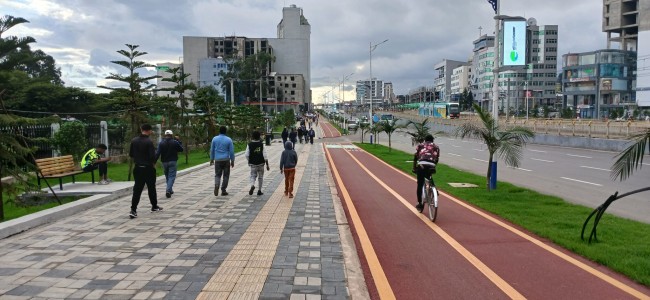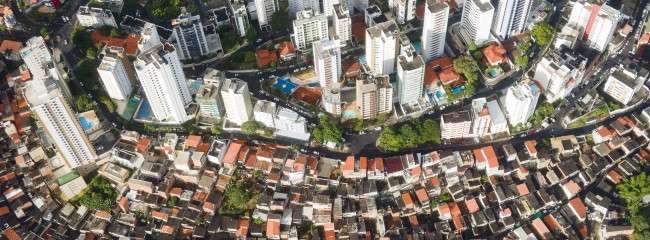The world’s urban population is expected to increase by 2.5 billion people by 2050, by which point roughly two-thirds of the global population is expected to live in urban areas. Much of this urban growth will occur in low-lying coastal zones and locations vulnerable to severe flooding and extreme heat risks.
Already, one in three city dwellers — over 1.2 billion people — do not have reliable, safe or affordable access to basic everyday services and infrastructure like running water and sanitation, electricity, decent housing and transport to work and school.
This inequality of access, known as the “urban services divide,” creates significant challenges and burdens for vulnerable communities, including additional time and money that must be spent to meet basic needs. This necessarily affects community members’ productivity, health and opportunities. It is estimated that by 2050, more than 216 million climate migrants will relocate to cities within their country, flocking mainly to vulnerable informal settlements that lack access to basic services.
Inequality and climate action should not be separated, because improving access to basic urban services can simultaneously address the compounded challenges of rapid urbanization, the urban services divide and vulnerability to climate risk.
All key urban services systems and sectors — from land and housing to transport, energy, water and sanitation — are critical for achieving equitable urban climate adaptation and mitigation solutions, alongside city development. In order to be climate resilient, cities must focus on closing the urban service divide.
Several Sustainable Development Goals (SDGs) and indicators, including those within SDGs 6, 7 and 11, aim to greatly increase access to electricity, clean cooking fuels, water, sanitation and public transport by 2030. The indicators in this shift show that the world is currently off track for achieving access to basic services for all urban dwellers by the end of the decade.
Watch this recording where global leaders discuss the current state of our cities and the built environment, as well as what action is needed in this critical decade and beyond.

